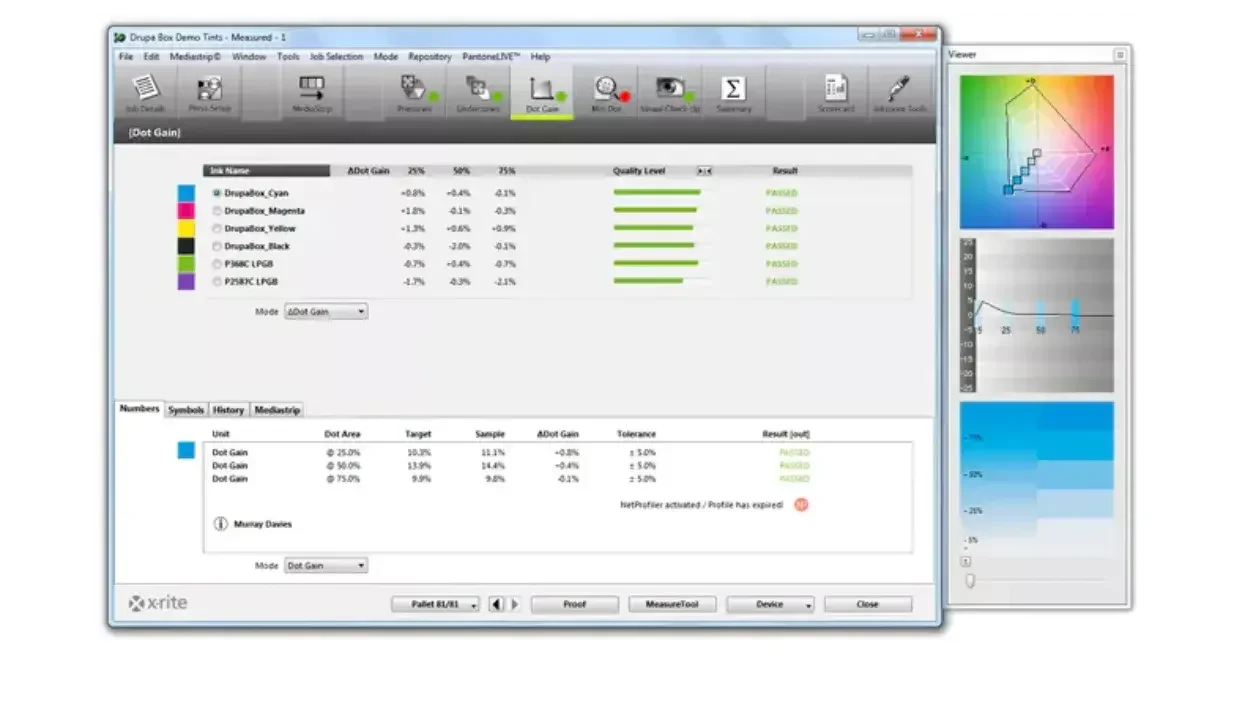Colour Management
Fine Art
Garment Printing
Quality-assuring colour management for big brands
Author
FESPA Staff
Published Date
20/02/2023
Become a FESPA Member
to Continue Reading
